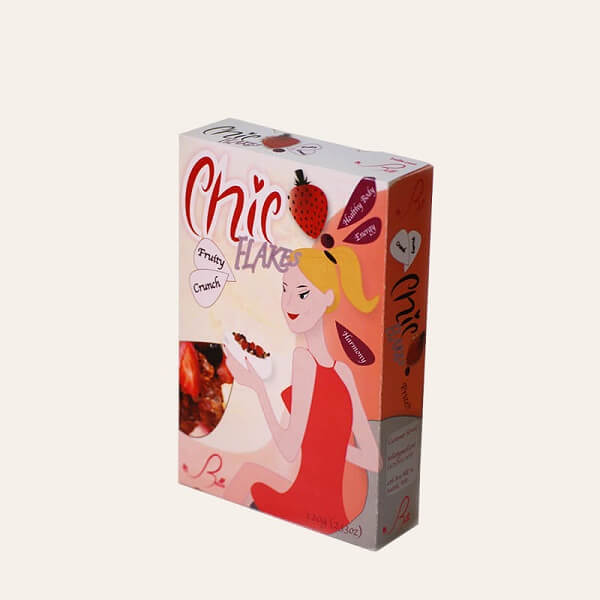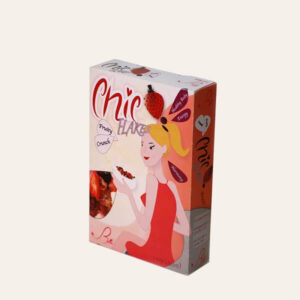The Best Fungicides for Paddy: Essential Products for Crop Protection
Paddy, or rice, is one of the most vital staple crops globally, providing food for more than half of the world’s population. However, rice production faces numerous challenges, including a variety of pests and diseases, especially fungal infections. Effective pest and disease management is crucial for ensuring healthy crops and maximizing yields. This article explores the best fungicides for paddy, their effectiveness, and key products available on the market.
Understanding Fungal Diseases in Paddy
Fungal diseases can significantly impact rice production by reducing yields and affecting grain quality. The most common fungal diseases affecting paddy include:
- Blast Disease (Magnaporthe oryzae): Affects leaves, stems, and grains, leading to significant yield loss.
- Sheath Blight (Rhizoctonia solani): Causes lesions on the sheath of the plant, leading to lodging and reduced grain quality.
- Brown Spot (Bipolaris oryzae): Results in necrotic spots on leaves, affecting photosynthesis.
- Leaf Blight (Exserohilum rostratum): Leads to brown lesions on leaves, reducing overall plant health.
Importance of Fungicides in Paddy Cultivation
Fungicides are essential in the integrated pest management (IPM) strategies for rice cultivation. They help control fungal diseases effectively, resulting in:
- Increased Yield: Reducing disease pressure ensures that more grains are produced.
- Improved Quality: Healthy crops produce higher quality grains that meet market standards.
- Sustainable Practices: Effective use of fungicides can reduce the need for multiple treatments and promote sustainable agriculture.
When selecting fungicides for paddy cultivation, consider the following factors:
Factors to Consider When Choosing Fungicides for Paddy
- Target Disease: Choose fungicides that specifically target the diseases affecting your crop.
- Mode of Action: Select products with different modes of action to manage resistance development.
- Environmental Impact: Consider the toxicity of fungicides to non-target organisms and the environment.
- Application Timing: The timing of application is crucial for effectiveness. Preemptive treatment is often more effective than curative treatment.
- Local Regulations: Ensure that the chosen products comply with local agricultural regulations and guidelines.
Best Fungicides for Paddy
1. Tricyclazole
Active Ingredient: Tricyclazole
Target Diseases: Mainly effective against blast disease.
Mode of Action: Systemic fungicide that inhibits fungal growth by blocking the synthesis of ergosterol, a vital component of fungal cell membranes.
Application: Tricyclazole is applied at the booting stage of rice and can significantly reduce the incidence of blast disease.
Benefits:
- Highly effective against blast disease.
- Provides a systemic action that offers long-lasting protection.
- Reduces the need for multiple applications.
2. Pyraclostrobin
Active Ingredient: Pyraclostrobin
Target Diseases: Controls a broad range of fungal diseases, including sheath blight and brown spot.
Mode of Action: Strobilurin fungicide that interferes with mitochondrial respiration in fungi, leading to cell death.
Application: Typically applied as a foliar spray during the early to mid-tillering stages.
Benefits:
- Broad-spectrum activity against multiple fungal pathogens.
- Provides both preventive and curative action.
- Enhances plant health by promoting photosynthesis and stress tolerance.
3. Azoxystrobin
Active Ingredient: Azoxystrobin
Target Diseases: Effective against sheath blight, blast disease, and other leaf diseases.
Mode of Action: Strobilurin fungicide that inhibits fungal respiration.
Application: Can be applied during the early stages of disease development, usually as a foliar spray.
Benefits:
- Offers long-lasting residual activity.
- Promotes healthy growth and enhances yield.
- Compatible with various tank mixes and can be integrated into an IPM program.
4. Hexaconazole
Active Ingredient: Hexaconazole
Target Diseases: Effective against sheath blight and other leaf diseases.
Mode of Action: Systemic fungicide that inhibits fungal growth by disrupting sterol biosynthesis.
Application: Can be applied as a foliar spray during the vegetative stage.
Benefits:
- Provides both protective and curative action.
- Highly effective against multiple fungal diseases.
- Low toxicity to beneficial insects and the environment.
5. Carbendazim
Active Ingredient: Carbendazim
Target Diseases: Effective against a wide range of fungal diseases, including brown spot and sheath blight.
Mode of Action: Systemic fungicide that inhibits fungal mitosis by disrupting microtubule formation.
Application: Typically applied at the early onset of disease symptoms.
Benefits:
- Broad-spectrum activity against various fungal pathogens.
- Provides rapid disease control and improves plant health.
- Cost-effective option for many farmers.
6. Chlorothalonil
Active Ingredient: Chlorothalonil
Target Diseases: Effective against several fungal diseases, including leaf blight and sheath blight.
Mode of Action: Contact fungicide that inhibits fungal spore germination.
Application: Can be applied during periods of high disease pressure as a preventive measure.
Benefits:
- Provides a broad spectrum of control against various pathogens.
- Useful in rotation with systemic fungicides to manage resistance.
- Economical and effective in protecting rice crops.
Read more: pesticides product
Pesticide Products for Paddy Cultivation
In addition to fungicides, several pesticide products are vital for effective pest management in paddy cultivation. Here are some commonly used pesticide products that can complement fungicide application:
1. Cypermethrin
Active Ingredient: Cypermethrin
Target Pests: Controls various pests, including caterpillars, aphids, and planthoppers.
Mode of Action: Synthetic pyrethroid insecticide that disrupts the nervous system of insects.
Application: Applied as a foliar spray when pest populations exceed economic thresholds.
Benefits:
- Broad-spectrum control of key pests.
- Quick knockdown effect and long residual activity.
- Compatible with various fungicide applications.
2. Imidacloprid
Active Ingredient: Imidacloprid
Target Pests: Controls sucking pests like aphids, whiteflies, and planthoppers.
Mode of Action: Neonicotinoid insecticide that acts on the nervous system of insects.
Application: Can be applied as a seed treatment or foliar spray.
Benefits:
- Provides systemic action that protects the entire plant.
- Long-lasting control of sucking pests.
- Reduces the need for frequent applications.
3. Thiamethoxam
Active Ingredient: Thiamethoxam
Target Pests: Effective against a wide range of pests, including beetles and aphids.
Mode of Action: Neonicotinoid insecticide that disrupts the nervous system.
Application: Used as a foliar spray or seed treatment.
Benefits:
- Quick knockdown effect and long-lasting residual control.
- Minimal impact on beneficial insects when used appropriately.
- Effective in integrated pest management programs.
Best Practices for Using Fungicides and Pesticides in Paddy
To maximize the effectiveness of fungicides and pesticides in paddy cultivation, consider the following best practices:
- Follow Recommendations: Always adhere to label instructions regarding application rates, timing, and methods.
- Integrated Pest Management (IPM): Incorporate cultural practices, biological controls, and chemical treatments to manage pests and diseases effectively.
- Monitor Crop Health: Regularly inspect crops for early signs of disease and pest infestation to apply treatments timely.
- Rotate Products: Rotate fungicides and insecticides with different modes of action to prevent resistance development.
- Environmental Considerations: Use pesticides judiciously to minimize impact on non-target organisms and the environment.
- Safety Precautions: Wear protective equipment during application to ensure personal safety and minimize exposure.
Conclusion
Effective management of fungal diseases and pests in paddy cultivation is crucial for ensuring high yields and maintaining food security. The use of the best fungicides, such as tricyclazole, pyraclostrobin, and azoxystrobin, alongside effective pesticide products like cypermethrin and imidacloprid, provides farmers with the tools needed to protect their crops from harmful pathogens and pests.
By adopting integrated pest management strategies and following best practices for application, farmers can enhance their rice production while promoting sustainable agricultural practices. As global demand for rice continues to rise, effective disease and pest management will remain a critical component of successful paddy cultivation.














Post Comment